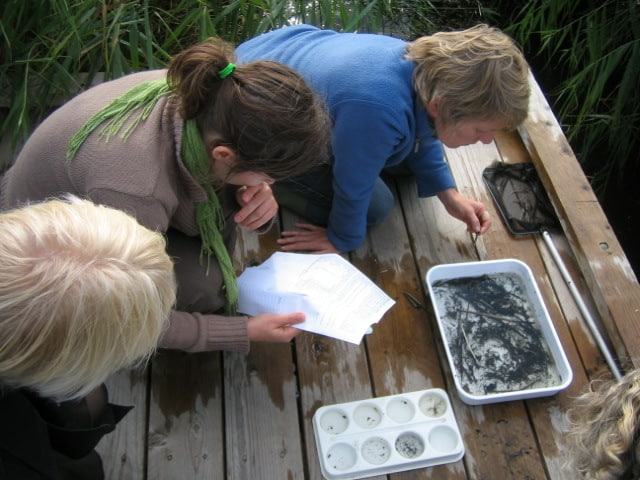Access to reliable ecological data is essential for understanding, protecting and improving London’s natural spaces, for the benefit of both wildlife and people. Yet too often this information remains scattered or underused. This new article series explores how stronger partnerships and better data sharing can bridge those gaps – starting with Iain Boulton from the London Borough of Lambeth, who highlights how local engagement and resources help turn individual wildlife records into collective knowledge. Future articles will look at how local planning authorities and ecological consultants can share environmental data, more effectively, from habitats, species, green infrastructure data and beyond, ensuring that every record and survey contributes to a clearer picture of London’s nature.
In Lambeth, one of the major challenges in managing and improving our public parks and greenspaces, and especially our nature reserves and wildlife sites, is having access to up to date, reliable and relevant ecological data.
These are data that, if carefully used, can tell us whether the way we manage and maintain such sites is having the desired outcome or a positive effect for both nature and people. It can also help us in how we secure and then allocate resources, something that is increasingly in short supply or under extreme pressure, in such sites, so we get the maximum beneficial outcome for nature from what we have available to invest in them.
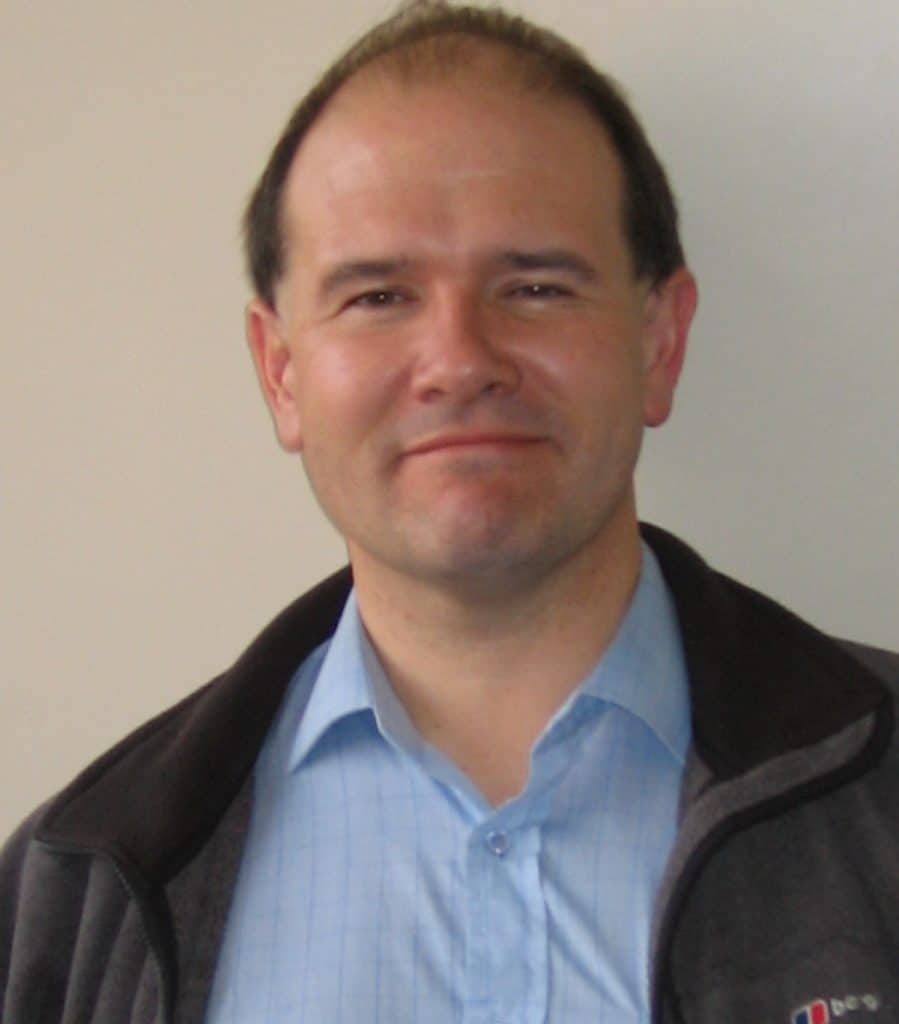
Biodiversity and Environmental Compliance Manager
London Borough of Lambeth
That’s one of the reasons why we’re increasingly relying on people who visit and use our public open spaces, whether formal or natural, to tell us what they see whilst they are on site in terms of wildlife, whether plants or animals. We know that not everybody is an expert on every plant or creature they see, but it’s the principle that if they see it, they should make sure that record is not lost or forgotten, but shared with others who can make use of it.
The arrival of a plethora of online and phone identification applications, like iRecord, Merlin or Obsidentify, is certainly making it easier for novice and expert alike to capture as many records as possible – but how do we help people use these apps correctly and then keep using them. If someone can’t use such apps or if they don’t like recording things online, then we need to find ways and means for them to share what they have seen with others who can collate that data and make sure they’re passed to the right people, which of course includes GiGL!
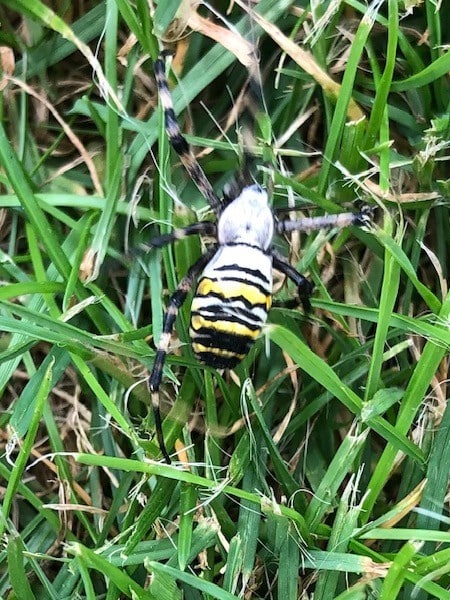
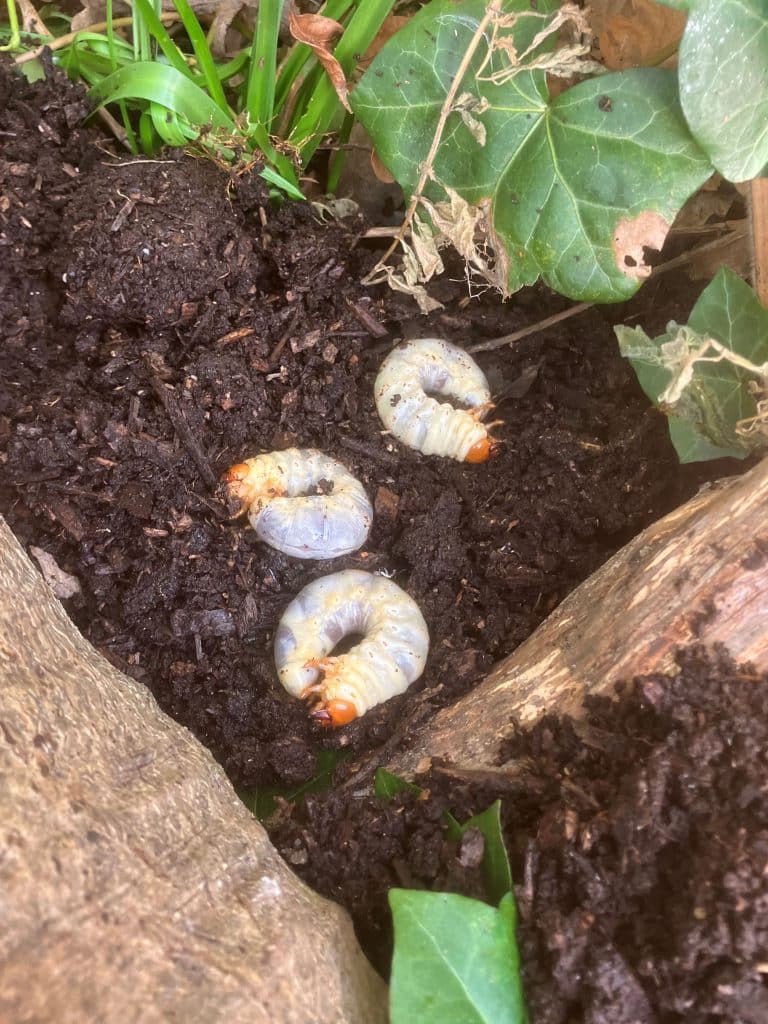
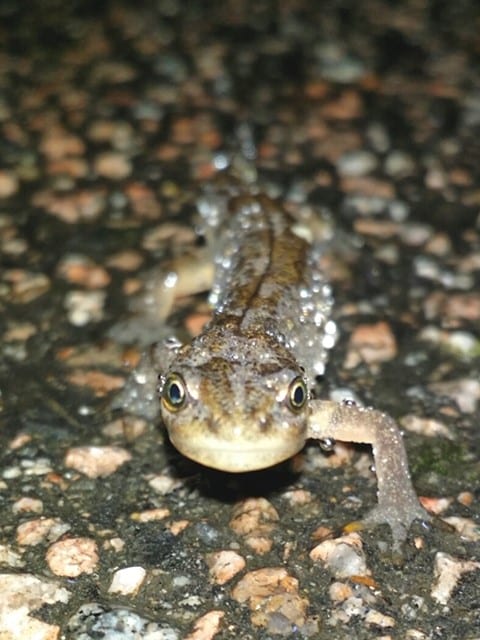
Left: Wasp spider (Argiope Bruennichi) © Iain Boulton. Middle: Greater stag beetle larvae (Lucanus cervus), © Iain Boulton. Right: Smooth newt (Lissotriton vulgaris), © Susy Hogarth.
Whilst we can share information, including handouts or factsheets with the public on wildlife recording apps, we’ve also been disseminating as widely as possible about how users of Lambeth’s parks and nature sites can send raw data. For example, lists of species, like moths found in a moth trap or plants found growing on a heritage wall, can be passed to the council so we can capture them and convert them into formats GiGL can use. This type of recording also helps with verification, so that we can make sure what was seen is exactly what it was or not. At the same time, we use such interactions to emphasise the enormous benefits and outcomes of providing and sharing wildlife data not just with Lambeth Council but also with GiGL – and that includes advertising GiGL’s excellent Submit Records site whenever we get the chance! These efforts maximise the ways in which species records can reach GiGL – they accept records via recording apps, spreadsheets, webform submissions, and even one-off emails containing a picture of a species.
GiGL has been so supportive and encouraging in helping me to provide processed verified data, but also in advice on various recording apps that the public should find appropriate for their needs. It also helps that GiGL is a ‘trusted body’ to hold and manage ecological records, which I think provides that extra reassurance to the public – especially where they may not always have a rosy view of their local council!
Even while running guided bat walks all over Lambeth and South London (I’m shocked that I’ve clocked up 28 of these already this year!), I’m constantly encouraging participants to record and report their own bat sightings, as well as other wildlife including invertebrates, birds and even trees. The more we run such events, the more we’re also increasing the public’s skills and confidence in being able to identify wildlife species accurately, so helping reduce the verification burden for borough ecologists and GiGL’s verification volunteers alike.
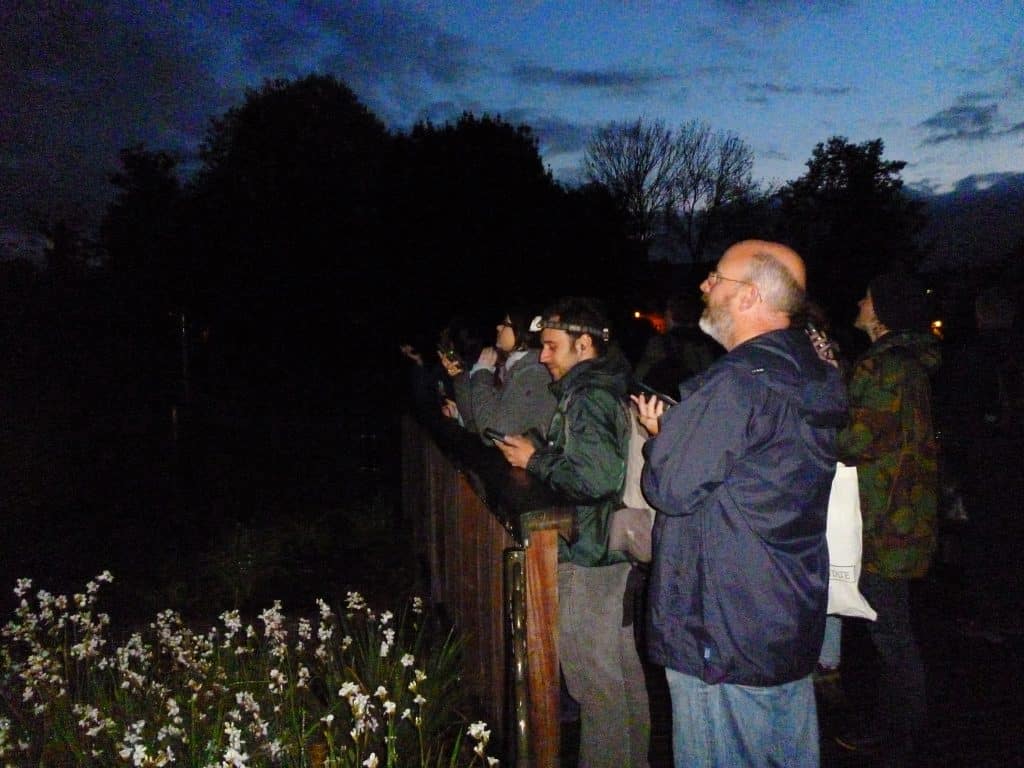
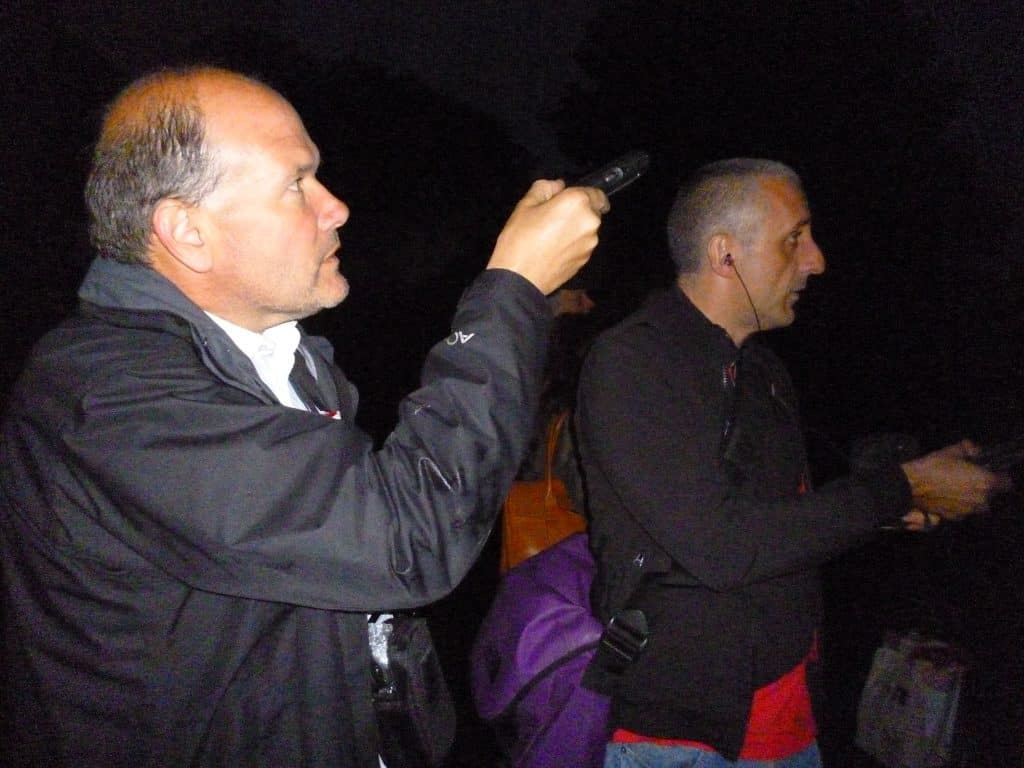
It’s certainly not easy and of course we can’t cover all species, or all sites where we need ecological data, but I think there is a real interest from the public to report what they see and where they see it. This may be a response to general concerns about loss of wildlife habitats, the effects of climate change, or increasing development pressures, in an effort to gather empirical evidence to defend wildlife against such impacts. People can feel they are doing their bit to counter these changes, and it provides a running record or timeline to see how nature is responding. And if the response isn’t positive what we can collectively do to address this through other actions on site, including volunteering or fundraising for worthy projects.
However, it’s probably also people having a genuine love of nature and now knowing that they have the tools to capture their experiences of it where they live, work and play.
It’s up to organisations like councils and others to help both the public and GiGL to maximise the capture of these precious data and make sure they’re being put to good use.
As a local government ecologist, I’m committed to finding ways and means to help the public provide the ecological records that make their lives, and the lives of the wildlife they value, a little bit better, and secure it for future generations to see, enjoy – and of course record as well!
